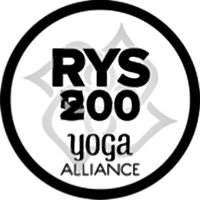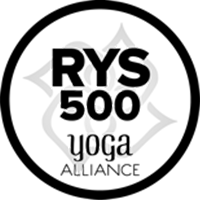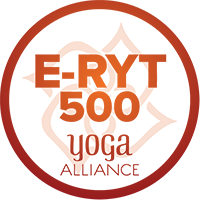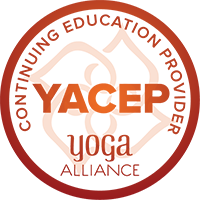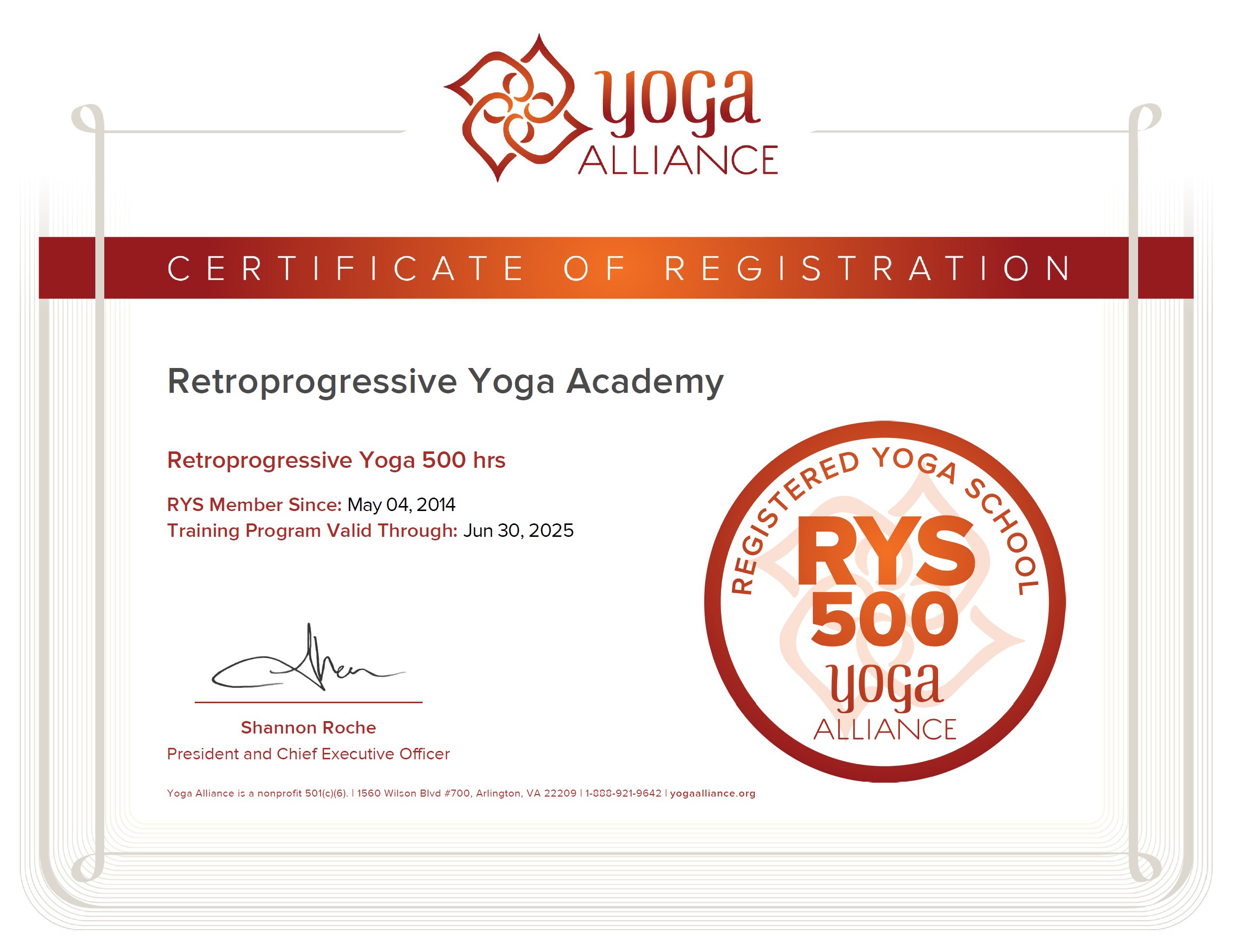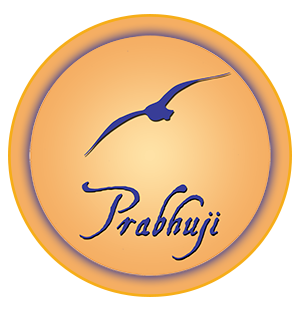Retroprogressive Yoga Academy
H.H. Avadhuta Bhaktivedanta Yogacharya Sri Ramakrishnananda Babaji Maharaja (Prabhuji) has devised a method of teaching yoga that combines rigorous study, inner experience and self-knowledge as a form of self-realization. His approach to yogic scriptures is not based on a merely theoretical reading, as it is nourished by a constant practice that seeks to embody the truths revealed therein. This form of transmission avoids the accumulation of abstract concepts and promotes an understanding that transforms the practitioner’s consciousness. Instead of teaching content, Prabhuji facilitates a direct experience of the knowledge that yoga contains. The method that he has systematized, called “Retroprogressive Yoga”, proposes a conscious return to the traditional sources of yoga, without losing its relevance for the contemporary world. This proposal is kept alive through certified instructors, teachers and masters, who preserve its essential principles under a training consistent with its vision, thus maintaining the integrity of its legacy.
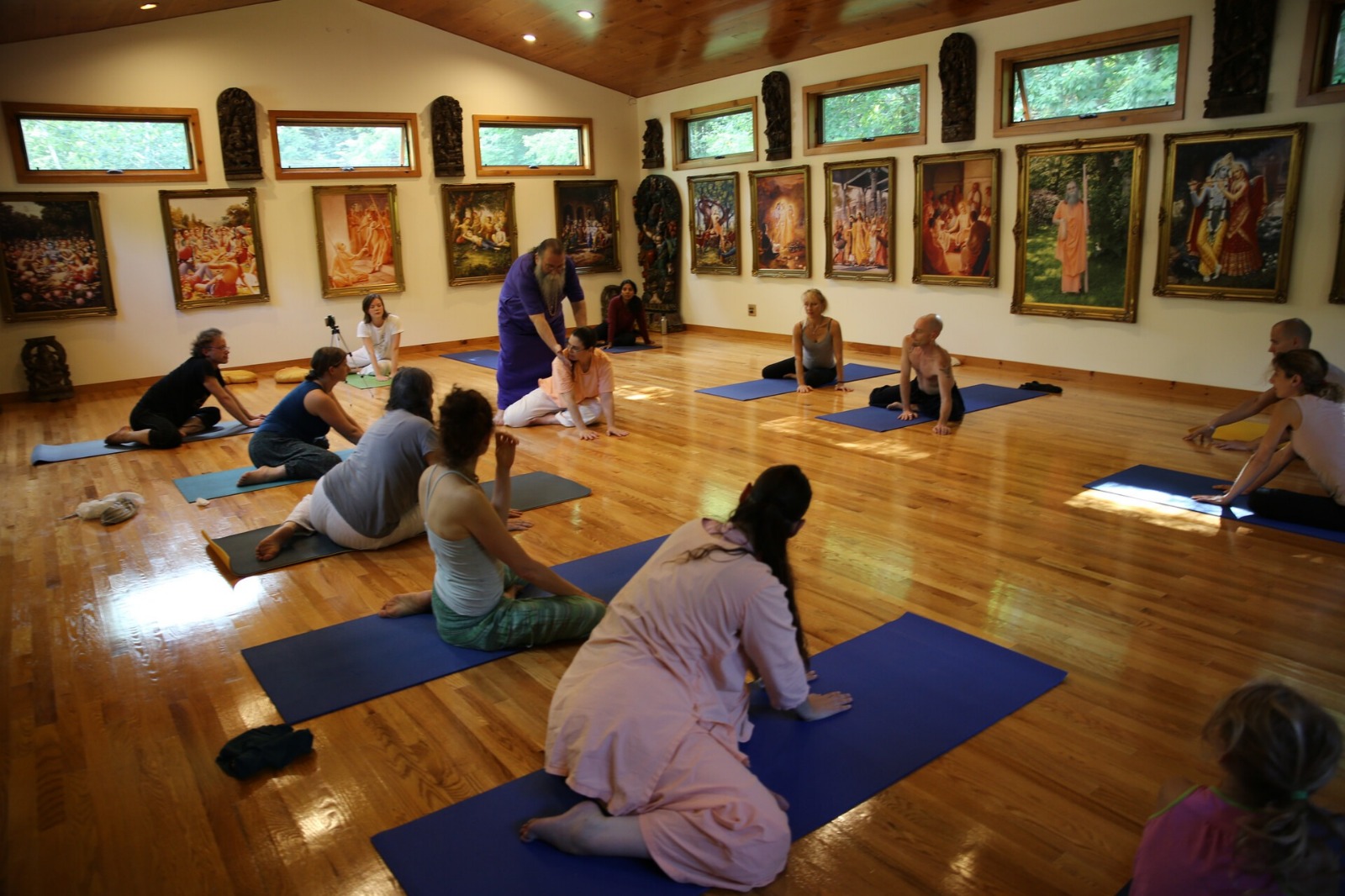
Retroprogressive Yoga
Swami Omkarananda
Prabhuji is a faithful official member of Hinduism, as well as a universalist advaita mystic. He combines his deep religious commitment with a remarkable artistic work as a writer and abstract painter. He is recognized by his line of disciplic succession as a realized master. As an avadhūta, a title conferred upon him in recognition of his state of realization, he has developed the Retroprogressive Path, an original contribution rooted in the inclusive principles of sanātana-dharma (the Hindu religion).His solid training includes a doctorate in Vaiṣṇava philosophy, awarded by the prestigious Jiva Institute of Vedic Studies in Vrindavan, India, and a doctorate in Yogic philosophy earned at Yoga-Samskrutham University. These doctorates reaffirm his commitment to traditional teachings and his connection to the spiritual roots of the Hindu religion.Prabhuji dedicated more than forty years to studying hatha yoga with prestigious masters of classical and traditional yoga, such as H.H. Bapuji, H.H. Swami Viṣṇu Devānanda Sarasvatī, H.H. Swami Jyotirmayānanda Sarasvatī, H.H. Swami Satchidānanda Sarasvatī, H.H. Swami Vignānānanda Sarasvatī, and Śrī Madana-mohana.
He attended several systematic hatha yoga teacher training courses at prestigious institutions until he achieved the level of Master Ācārya. He has completed studies at the following institutions: World Yoga University, the Sivananda Yoga Vedanta, the Ananda Ashram, the Yoga Research Foundation, the Integral Yoga Academy, the Patanjala Yoga Kendra, the Ma Yoga Shakti International Mission, the Prana Yoga Organization, the Rishikesh Yoga Peeth, the Swami Sivananda Yoga Research Center, and the Swami Sivananda Yogasana Research Center.
Prabhuji is a member of the Indian Association of Yoga, Yoga Alliance ERYT 500 and YACEP, the International Association of Yoga Therapists, and the International Yoga Federation. In 2014, the International Yoga Federation honored him with the position of Honorary Member of the World Yoga Council.
His interest in the complex anatomy of the human body led him to study chiropractic at the prestigious Institute of Health of the Back and Extremities in Tel Aviv, Israel. In 1993, he received a diploma from Dr. Sheinerman, the founder and director of the institute. Later, he earned a massage therapy diploma at the Academy of Western Galilee. The knowledge he acquired in this field deepened his understanding of hatha yoga and contributed to the creation of his own method.
Retroprogressive Yoga is the result of Prabhuji’s efforts to improve his practice and teaching methods. It is a system based especially on the teachings of his gurus and the sacred scriptures. Prabhuji has systematized various traditional yoga techniques to create a methodology suitable for Western audiences. Retroprogressive Yoga aspires to the experience of our authentic nature, promoting balance, health, and flexibility through proper diet, cleansing techniques, preparations (āyojanas), sequences (vinyāsas), postures (āsanas), breathing exercises (prāṇayama), relaxation (śavāsana), meditation (dhyāna), and exercises with locks (bandhas) and seals (mudras) to direct and empower prāṇa.

